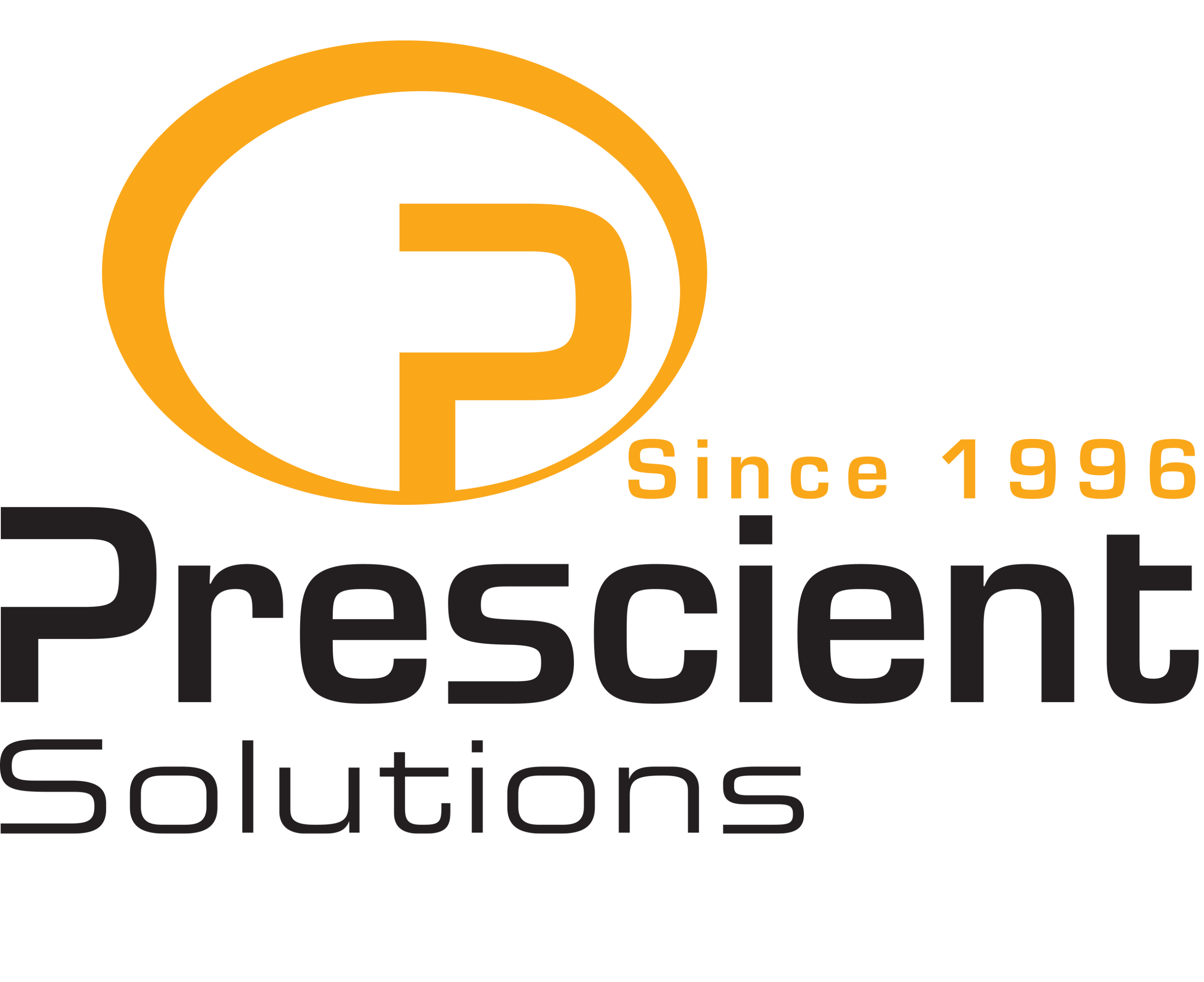The estimates of the cost of downtime keep getting higher. In one study, almost all respondents said the cost was more than $150,000, and a significant percentage estimated the cost at more than $1,000,000.
How much does an hour of downtime cost your business? You need to tally up the costs of nonproductive staff, and all the overhead of rent, electricity, and other services that you’re still using while the systems aren’t operating. Those costs are obvious and fairly easy to quantify. There’s also the potential cost of lost business, when customers go elsewhere while you’re down. That cost can continue far longer than the outage, because customers who are disappointed by your level of service may never return.
It’s easy to see how that number—the cost of an hour of downtime—gets big quickly. Looking at that number makes it easier to justify investing in a reliable disaster recovery capability.
In order to have a “reliable disaster recovery capability,” you need a few things:
- Disaster recovery strategy. You need a disaster recovery plan, but before you can develop a plan, you need a strategy. It’s easy to spend a lot of money and build the ability to recover all systems fast, but that may not be a smart investment. Not all systems are equally critical. You need to understand which of your systems have the biggest impact when they’re down and which you can live without for a while. You can then set your recovery time objective and recovery point objective for each system and develop your plan to meet those goals.
- Disaster recovery hardware. You’ll need the ability to bring up systems to replace the systems that are down. For small disasters, that may mean spare servers, storage, and other devices in your data center. For large disasters, it may mean duplicating your entire production inventory at a secondary site or in the cloud.
- Detailed disaster recovery plan. Once you know your objectives and you have a place to recover to, you need to know the steps to make that recovery happen. The middle of a disaster is not the time for improvisation. Have a document that details the step-by-step operational procedures to be followed to bring systems online at the recovery site.
- Detailed fallback plan. When the disaster is over, you need the ability to resume operations at your primary site. In some ways, switching from the secondary site to the primary site is a mirror image of your initial disaster recovery procedures. However, there may be additional steps to synchronize and check out systems, so document those procedures in full, as well.
- Disaster recovery test plan. Make sure your plan will work before disaster strikes by training your team in the DR procedures and executing a DR test. It’s not uncommon to find major gaps in DR plans; make sure you update the DR plan to reflect the lessons learned during the test.
Prescient Solutions offers IT consulting and managed services to help businesses in Chicago and Schaumburg avoid the costs of downtime and to recover quickly when it happens. Contact us to learn how our disaster recovery services minimize the impact of unplanned outages.
Watch the webinar to learn about the cost of downtime here.


